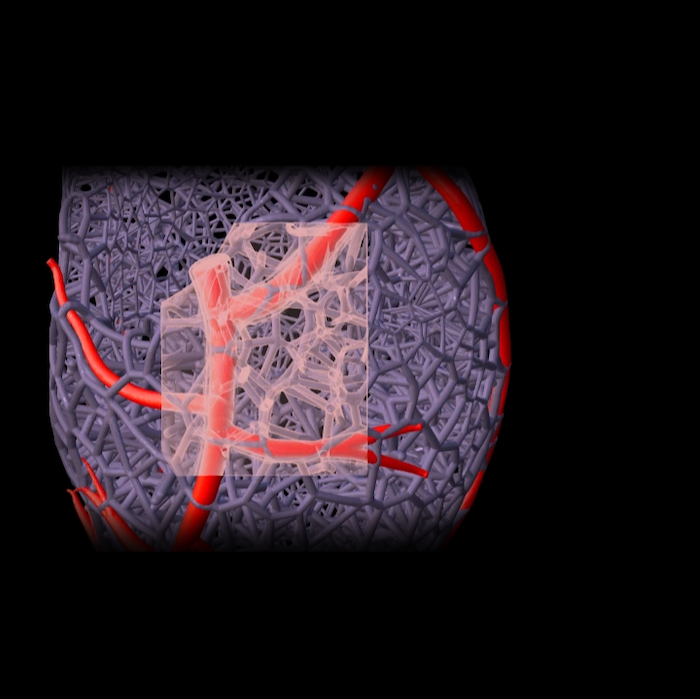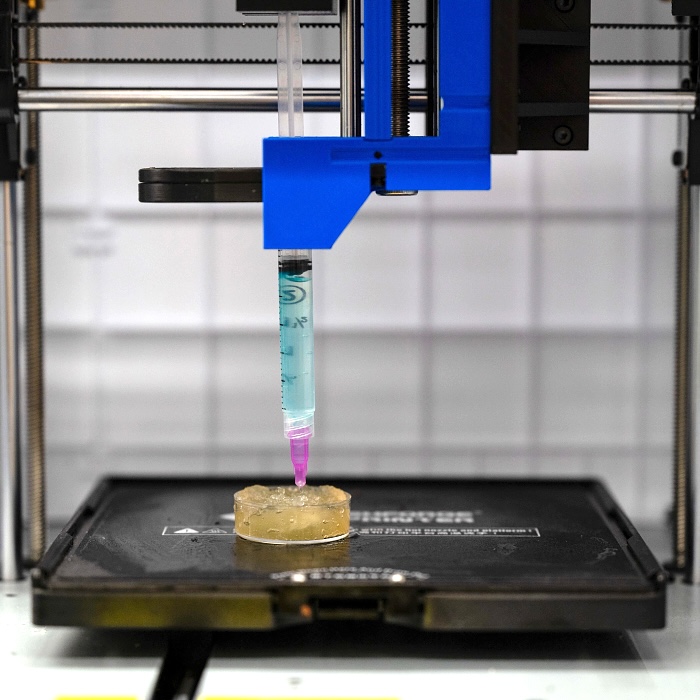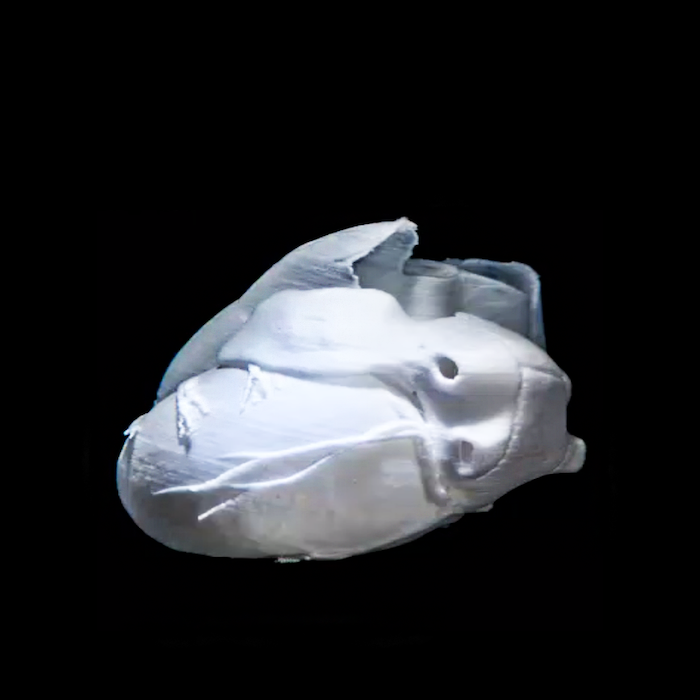3D Bioprinting & Biofabrication
Online Graduate Certificate
Do the Remarkable
What used to be impossible is now within reach. Learn the fundamentals of 3D bioprinting tissues and organs from the researchers who are pioneering the techniques of tomorrow’s medical innovations.
Become Empowered
With an Online Graduate Certificate in 3D Bioprinting & Biofabrication, tomorrow’s therapies are at your fingertips. The program’s unique, credit-bearing, transcripted curriculum teaches the fundamentals of fabricating structurally complex 3D tissues, so you can bring actionable knowledge back to your organization using easily accessible materials. You will acquire the skills needed to bring us one step closer to creating bio-fabricated tissues for patients in need — and change the future of medical care.
Dive Deeper Into the Certificate with CMU's Dr. Rachelle Palchesko
In this video clip, Dr. Rachelle Palchesko introduces the 3D Bioprinting & Biofabrication certificate, who it's for, and what you'll learn. For a more in-depth explanation of the curriculum, an introduction to the faculty, and an inside look at the application process, watch the full info session today.
In this program you will learn:
- How to design and fabricate biomedical scaffolds used in tissue engineering, drug delivery and medical devices.
- How to identify biomedical material suitability based on fabrication method, physical properties and chemical properties.
- The steps needed to translate from lab testing to FDA approval.
- Advanced cellular and tissue engineering methods that apply physical, mechanical and chemical manipulation of materials in order to direct cell and tissue function.
- How to adapt a standard 3D printer for bioprinting applications.
- How to use the bioprinter for embedded 3D printing of soft biologically relevant materials.
When you finish the certificate program, you should have the information and tools needed to create structurally complex 3D tissues — all on your own. That future is a reality today; are you ready?
Designed to be Flexible
The Online Graduate Certificate in 3D Bioprinting & Biofabrication is offered 100% online to allow physicians and other biomedical professionals to fit this cutting-edge program into their busy professional lives. Live, weekly, online classes held in the evening with top CMU faculty are complemented by videos and activities that you will complete on your own time, at your own pace. Experience the best of both worlds - a flexible, convenient program you can take from wherever you are with the same rigorous academic experience you expect from Carnegie Mellon University. With this program, you really can have it all.
For the Forward Thinkers
Thinking of applying? This cutting-edge program is best suited for:
- Physicians leading translational research initiatives. Develop tangible bioprinting and biofabrication skills to bring back to your organization’s research programs. Participate in a bench-to-bedside project in which you will engage in simulated in vitro and in vivo testing of materials and follow key steps of the FDA approval processes.
- Biomedical engineers in clinical departments. Acquire the key skills you need to begin bioprinting and biofabrication work within your clinical department. Learn by doing and work in pairs to brainstorm innovations using Miro.
- Industry professionals developing tissue engineering technology. To innovate the next generation of technology, you need to know how to fabricate structurally complex 3D tissues yourself. This program allows you to work alongside clinical and engineering professionals while problem solving and engaging in eye-opening discussions.


